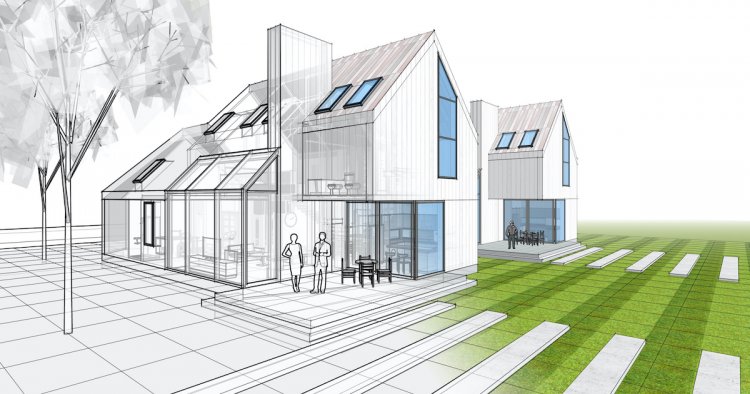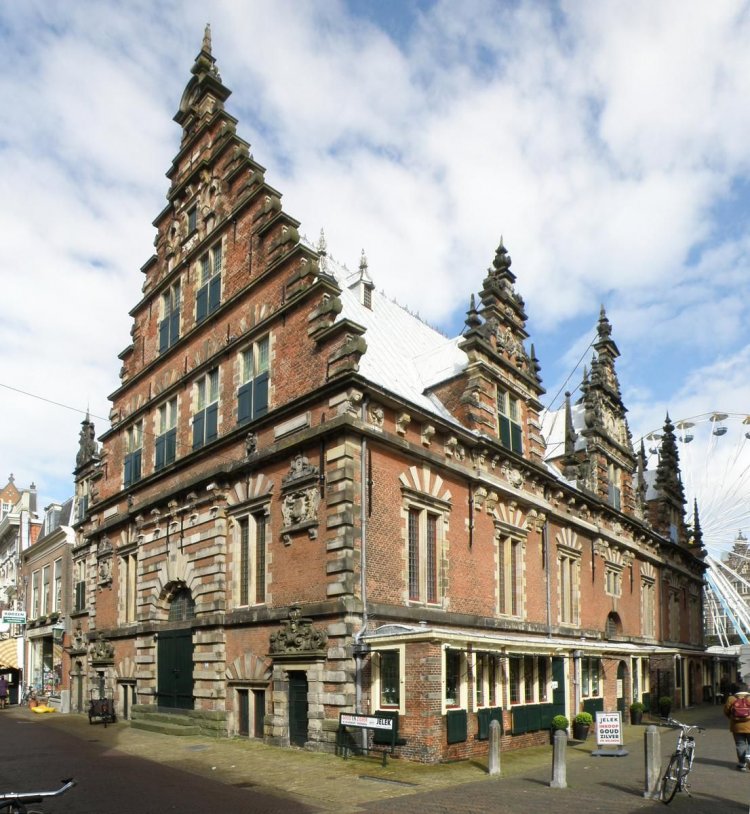The Structuralism Theory in Architecture
This explains how the structuralism theory borrowed from linguistics has been successfully applied in architecture, in the real estate industry.
Structuralism is the thought of perceiving the world in terms of structures. According to scholars in this field, human life is not intelligible except through interrelations and the relations that constitute a structure behind local variations.
They further argued that specific cultural domains may only be understood by means of structures. This theory initially originated from linguistics then applied in many other fields including architecture whereby it became a fashion in the 1960s when it came to matters technical reasoning.

Architecture no longer became a democracy where people made changes to their buildings since the birth of structuralism since it aimed at expressing social relations and social patterns.
Architects and planners arranged buildings on the basis of communication routes, streets, and squares making the city structure not only invariant but also complex. Structuralism in architecture was a reaction to rationalism which structuralists perceived as a lifeless expression of urban planning. The structuralist architects emphasized elements of culture when building.

When you concentrate on the world's major cities, you'll notice a similarity in the buildings signifying the culture of the inhabitants. A city has to be connected in a manner in which systems are perfectly running, having the point of convergence being at the central position of a city. The designs used when building the cities were related (thanks to structuralism).
Moreover, structuralism theory gives a reason why the pyramids of Giza (one of man's most complex architectural designs) look alike. There are numerous elements of culture in the architectural designs of the pyramids which were more or less subconscious at the time.

When one thinks of Islamic architecture, Minarets, pointed arch, onion domes on the roof, with beautiful geometric art and patterns on the walls come into mind, thanks to structuralism.
Some of the famous architectural designs identifying people on the basis of culture and interrelations are the Dutch architecture — which played a major role in the evolution of architectural designs, French gothic architecture, the English architecture (which seems simpler than other architectural designs), and the American architecture (the modern architecture).
Architectural designs will forever evolve but the fact that traces of culture are visible in the designs will still stand.






































